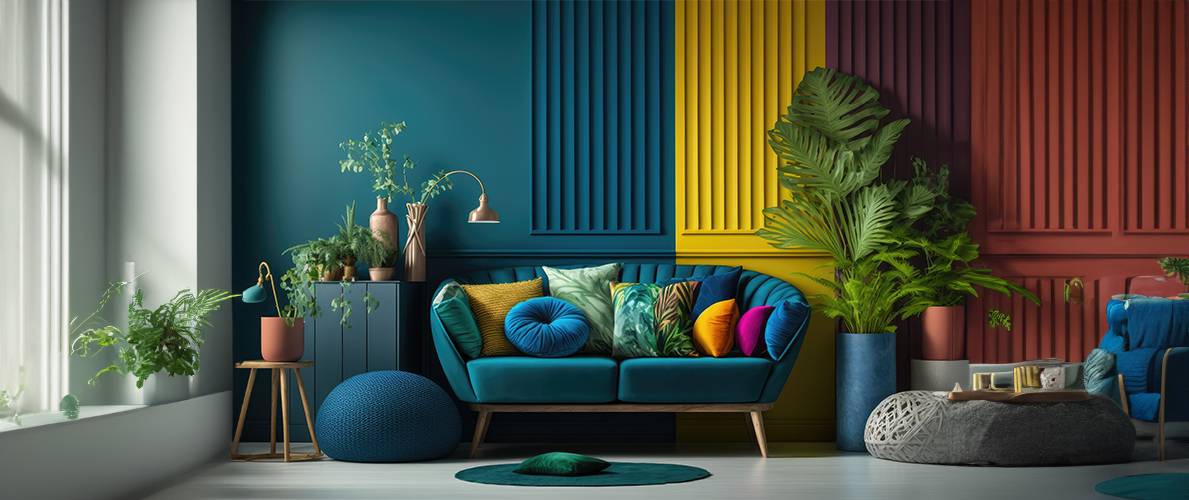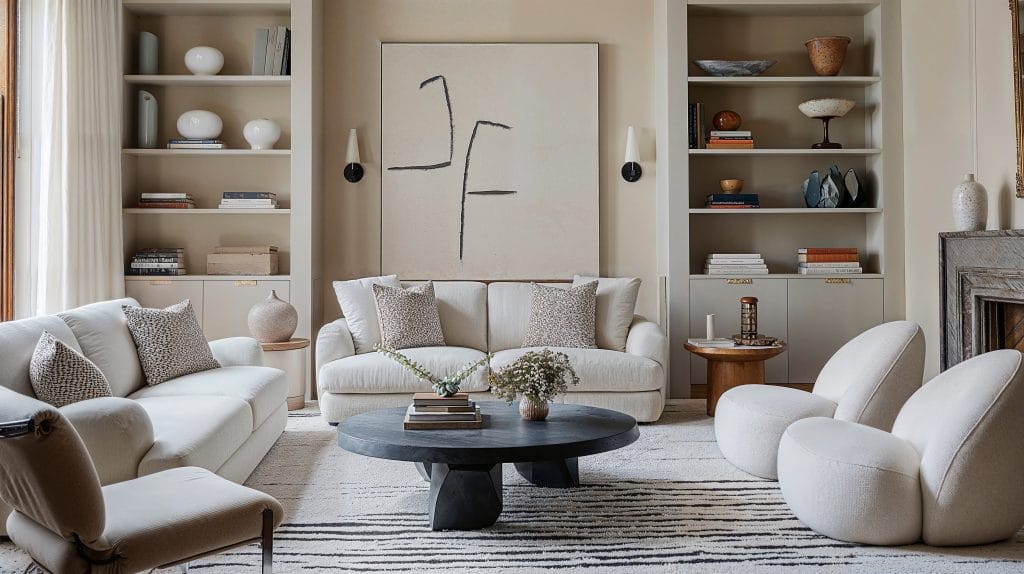Professional Architecture Firm delivering world-class design solutions.
Professional Architecture Firm delivering world-class design solutions.
Blog Article
Transform Your Home With Necessary Concepts of Interior Design and Looks
By recognizing the effect of color theory and the value of appearance and patterns, one can create spaces that are not just aesthetically appealing yet additionally deeply personal. Accomplishing this stability includes more than plain design; it encompasses a calculated setup and an eager understanding of how each component engages within a space.
Understanding Color Concept
Color concept is a fundamental facet of interior style that considerably affects mood, assumption, and general visual. Comprehending the concepts of shade concept allows developers to produce spaces that resonate mentally with occupants while meeting functional demands (interior design firms). Colors can be classified into 3 primary kinds: key, secondary, and tertiary. Each group plays an important duty in establishing consistency within a room.
The psychological effect of shades is extensive; cozy shades such as reds and oranges evoke power and heat, while cool tones like blues and eco-friendlies advertise calmness and serenity. Additionally, the usage of corresponding colors enhances visual passion, developing striking contrasts that can elevate a room's appeal.
Neutral colors, on the other hand, act as a versatile backdrop, allowing other design aspects to radiate. It is vital to take into consideration variables such as lights and the area's purpose when selecting a color palette, as these can modify the perception of colors throughout the day.
Eventually, a well-considered color design can transform a space, cultivating a sense of comfort and style that aligns with the inhabitants' preferences. Proficiency of shade concept is, consequently, an essential ability for any type of interior developer intending to create harmonious and inviting settings.
Accomplishing Balance in Design
How can developers achieve a feeling of equilibrium in their rooms? Accomplishing equilibrium in style is fundamental to producing harmonious insides.
Unbalanced equilibrium, on the various other hand, depends on varying elements that still accomplish a natural appearance. This method enables more vibrant and casual plans, giving interest while maintaining balance. By thoroughly choosing differing sizes, shades, and appearances, designers can produce an aesthetically compelling area that really feels balanced yet energised.
Radial balance highlights a main centerpiece with elements emitting outward. This design is generally seen in circular designs, where furnishings and style create a natural surround that draws the eye internal.
Eventually, accomplishing balance calls for thoughtful consideration of scale, percentage, and the partnerships in between aspects. luxury interior design. By skillfully applying these balance concepts, developers can change areas into settings that feel both visually pleasing and functionally unified, boosting the total experience for owners
Importance of Spatial Awareness

An eager feeling of spatial awareness allows developers to identify prime focus within a room, guiding the visitor's focus to key features while maintaining an overall feeling of unity. It also aids in the calculated positioning of lights, which can drastically influence the understanding of area and mood. Additionally, comprehending spatial connections allows the designer to satisfy the particular needs of inhabitants, Website ensuring that each area serves its intended purpose without endangering visual appeals.
Inevitably, spatial understanding is vital for making best use of the possibility of any kind of indoor space. By carefully taking into consideration the interplay in between measurements, layout, and feature, designers can develop atmospheres that not just fulfill sensible demands but additionally evoke a feeling of comfort and appeal, enhancing the total living experience.
Incorporating Appearance and Patterns
Accepting a varied series of textures and patterns can dramatically enhance the aesthetic and tactile charm of an interior area. The strategic use numerous products-- such as timber, metal, fabric, and stone-- develops depth and interest, making an area really feel more welcoming and vibrant. Combining smooth surface areas with rough structures can develop an equilibrium that draws the eye and engages the detects.
When integrating patterns, consider both scale and repeating. Huge check this patterns can work as prime focus, while smaller, subtle designs can match various other components without overwhelming the area. Layering patterns, such as pairing floral pillows with striped throws, includes complexity and a sense of harmony if performed thoughtfully.
It is additionally critical to keep a natural shade palette, making sure that structures and patterns interact instead of complete for focus. By selecting a few key appearances and patterns, you can develop a merged aesthetic that reflects your individual design while enhancing the total atmosphere of the space. Ultimately, the mindful unification of these aspects can change an ordinary area into an innovative atmosphere rich with personality and heat.
Individualizing Your Area
Creating a room that shows your personality is vital to attaining an absolutely welcoming atmosphere. Customization in indoor design permits you to infuse your unique design and rate of interests into your home, changing it from a mere sanctuary into a refuge that talks to that you are. Begin by choosing a shade combination that reverberates with your emotions-- vibrant shades can energize, while soft tones supply harmony.
Incorporate artwork and decor that show your passions, whether it be travel, nature, or abstract principles. Presenting individual collections, such as books, pictures, or souvenirs, can stimulate valued memories and produce prime focus within a room. In addition, consider personalizing useful items, like upholstered furnishings, to line up with your aesthetic choices.

Conclusion
In conclusion, the improvement of a home through the vital concepts of indoor design and appearance demands a thorough understanding of color concept, equilibrium, spatial recognition, texture, and personalization. Each element contributes substantially to developing an unified and functional living environment - luxury interior design. By thoughtfully integrating these concepts, individuals can boost the aesthetic appeal and emotional resonance of their spaces, ultimately promoting a home that shows special identifications while giving convenience and usefulness
Report this page